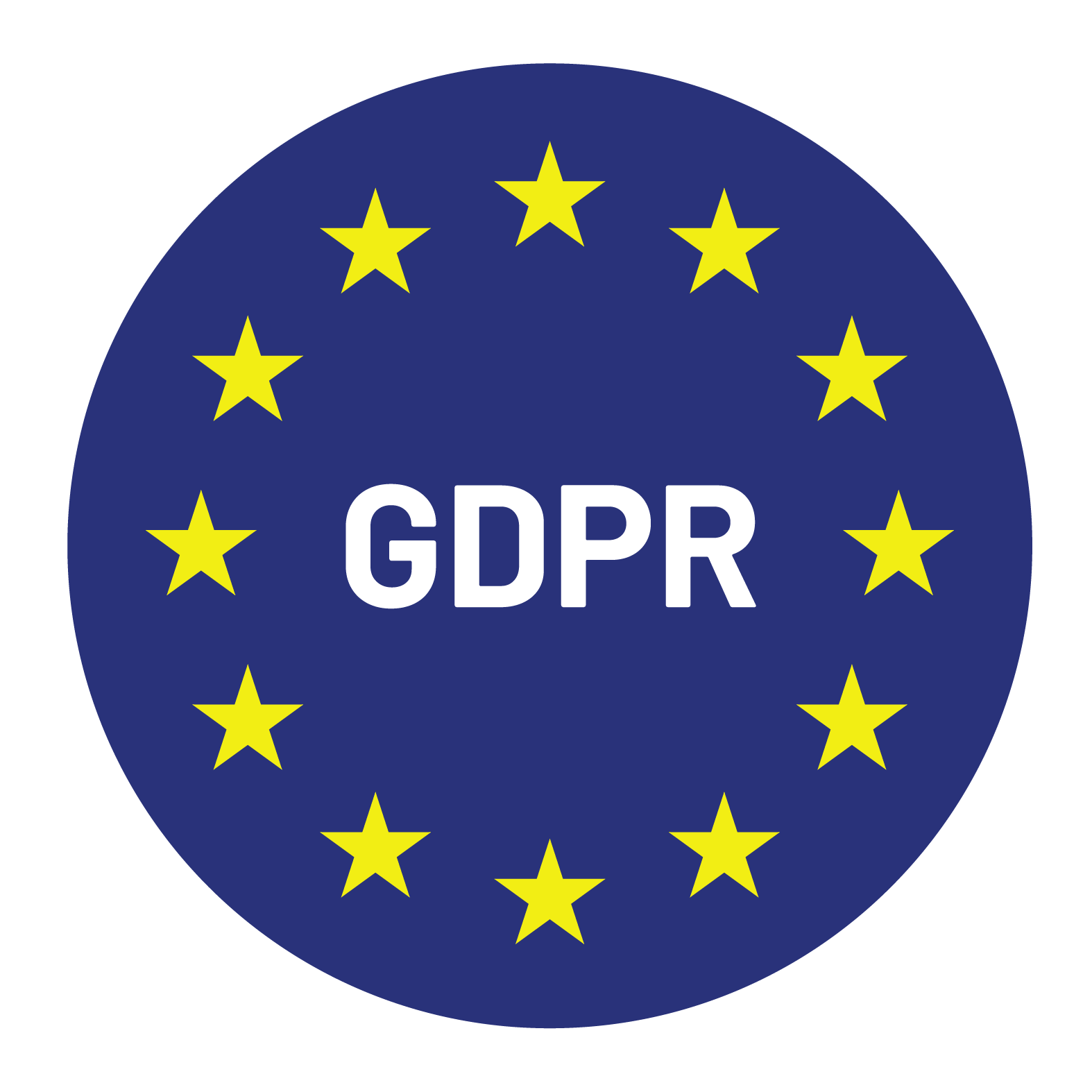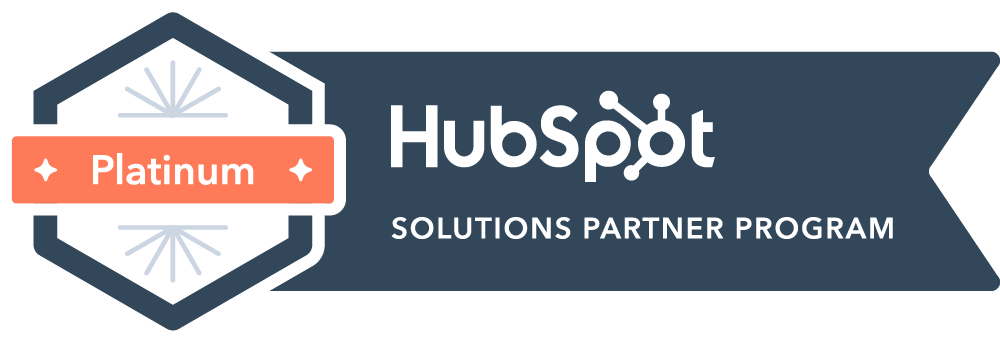

Content Writer for Whistle with multidisciplinary experience spanning over a decade.
Every business talks about “closing the deal,” but here’s the real secret: the sale is often won—or lost—long before the final pitch. Appointment setting is where the magic happens, serving as the hinge between sparking a lead’s interest and turning that interest into action. Done well, it’s an art form that can move the needle on your sales numbers. Done poorly, it’s a missed opportunity that costs time and revenue. We put together some appointment setting tips that have worked for us over the years starting with the value of appointment setting to the customer journey.
The truth is, great appointment setting doesn’t demand a full-scale revolution of your strategy. It’s about sharpening your tools, focusing on precision, and embracing the right tactics for today’s sales environment. If you happen to be looking to boost efficiency, engage leads on a deeper level, or simply stop chasing no-shows, we’re giving you actionable insights to help you refine your process and see results in 2025.
Appointment setting is the connective tissue of a functional sales funnel. It moves leads from initial outreach to genuine conversations with your sales team, ensuring every prospect is given a clear path forward. Without it, even well-qualified leads can get lost, leaving revenue on the table. When done right, appointment setting doesn’t just fill calendars—it creates value by aligning opportunities with intent and keeping the entire sales process running efficiently.
Effective appointment setting isn’t about simply booking meetings but it ensures every interaction brings measurable value to both the prospect and your business. Thoughtful strategies can significantly increase meeting attendance, improve the quality of conversations, and lead to more closed deals. By prioritizing personalization and intent, companies can build trust, streamline the sales process, and see tangible improvements in their conversion rates. Ultimately, it’s the difference between leads that stall out and relationships that deliver results.
Generic outreach emails are an easy way to lose a prospect’s interest. Tailoring your messages to reflect the recipient’s specific needs, goals, or challenges shows that you’ve done your homework. Prospects are more likely to engage with someone who understands their situation. Take the time to research their business and identify how your offering can solve their pain points. A well-crafted, personalized approach not only grabs attention but also builds rapport.
A strong call-to-action directs your prospect toward the next step without unnecessary friction. Be it an email or a LinkedIn message, make your CTA clear, concise, and compelling. Emphasize the value of the meeting—what’s in it for them? Adding urgency or offering an exclusive benefit can encourage immediate action. Avoid generic phrases like “Let’s chat” but rather focus on outcomes, such as “Learn how we can help you reduce costs by 20% in Q1.”
Sticking to one channel, like email, limits your reach. Prospects interact across multiple platforms, and you should meet them where they’re most active. Combine email, LinkedIn, phone calls, and SMS to increase engagement. Each channel has its strengths: emails are professional, LinkedIn allows for industry-specific interactions, and SMS offers a personal touch. A multi-channel approach ensures you stay visible without overwhelming the prospect.
CRM platforms like Salesforce and HubSpot can transform how you manage appointments. These tools streamline scheduling, organize follow-ups, and ensure no lead slips through the cracks. Automation features, such as pre-scheduled emails or reminders, save time while keeping your team efficient. By centralizing data, CRMs also provide valuable insights into your pipeline’s performance.
AI has made lead prioritization faster and more accurate. Tools like Gong or Drift analyze interactions to identify which leads are more likely to convert. Instead of guessing where to focus your efforts, AI-driven insights allow you to allocate resources effectively. This means fewer wasted hours on unqualified leads and more productive conversations with high-priority prospects.
Streamlining the scheduling process is essential to reducing friction. Tools like Calendly and HubSpot’s meeting scheduler let prospects pick a time that works for them, minimizing back-and-forth emails. Features like time zone adjustments and automated reminders also ensure meetings happen as planned, reducing no-shows and cancellations.
No-shows can be frustrating, but they’re often preventable. Automated reminders sent 24 hours before the meeting significantly reduce forgetfulness. Offering easy rescheduling options ensures prospects don’t feel pressured if they need to change plans. Lastly, reinforce the value of the meeting during confirmation calls or emails to keep them engaged.
Objections or hesitation are common, but they’re not insurmountable. Building rapport is the first step to breaking down barriers. Show that you’re not just selling—you’re genuinely interested in helping. When a prospect hesitates, respond by focusing on the specific benefits that align with their goals, backed by evidence or case studies to build credibility.
In global markets, time zone challenges can complicate appointment setting. Tools that automatically adjust time zones during scheduling simplify the process for both parties. Always offer flexible timing options, and where possible, keep communication asynchronous (e.g., sending pre-recorded video introductions) to accommodate different schedules.
Metrics like meeting attendance rates and conversion ratios tell you how well your appointment-setting process performs. Regularly monitor data to identify bottlenecks. For example, if many scheduled meetings aren’t leading to follow-ups, it may be time to rework your approach or reevaluate lead quality.
Feedback from prospects provides valuable insight into what’s working and what isn’t. Ask prospects for input after meetings—what they liked, what could improve, and why they may or may not move forward. Use this information to tweak your messaging and refine your outreach techniques.
Analyzing trends in communication preferences or buyer behaviors ensures your appointment-setting strategies remain relevant. For instance, if more prospects prefer LinkedIn over email, it might be time to shift resources toward social selling. Adapting to these trends ensures consistent results.
Spending time on poorly qualified leads dilutes your efforts. Prioritize prospects that align with your ideal customer profile to maximize conversions. Use criteria such as industry, company size, and budget to refine your outreach list.
Social platforms like LinkedIn are becoming increasingly important for appointment setting. Use them to engage with prospects directly by commenting on posts, sharing relevant content, and starting genuine conversations. Building a visible presence in your niche establishes credibility and makes outreach efforts more effective.
Appointment setting isn’t just about quick wins; it’s an opportunity to create lasting relationships. Focus on trust-building by maintaining regular, value-driven communication. Prospects who feel genuinely supported are more likely to become long-term customers.
At Whistle, we design appointment-setting strategies tailored to your business’s unique goals. By combining insights into your market with your objectives, we deliver solutions that drive results without cookie-cutter methods.
We utilize cutting-edge tools to optimize the appointment-setting process, from scheduling automation to AI-driven insights. Our approach ensures precision and efficiency, giving your team more time to close deals.
At Whistle, we’ve consistently delivered measurable results for clients across industries. From emerging startups to established enterprises, our targeted appointment-setting strategies have driven substantial improvements in conversion rates and sales outcomes. Our approach is built on data, precision, and a deep understanding of what moves prospects to act.
Mastering appointment setting is not just an operational necessity; it’s a strategic advantage for businesses looking to excel in 2025. By focusing on personalization, integrating smart technologies, and maintaining a commitment to continuous improvement, companies can create a pipeline that delivers real results. If you’re looking to enhance your appointment-setting strategies and drive meaningful sales growth, Whistle has the expertise to get you there. Reach out to explore tailored solutions that align with your goals.


© Copyright – Whistle 2023